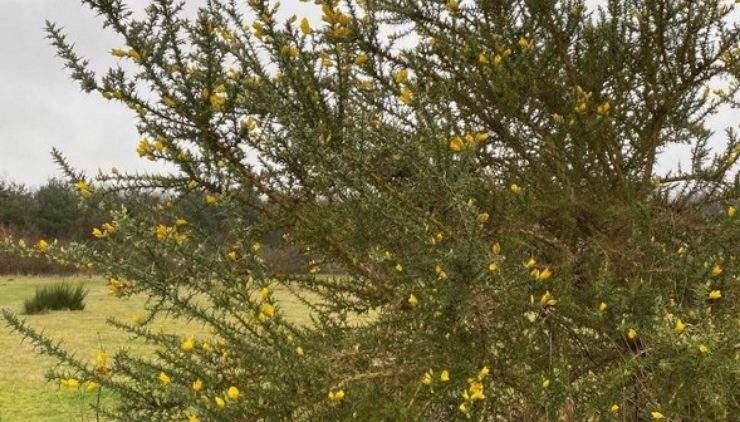Another bird highlight for Kelling during March was a Rustic bunting
- Categories:
- Nature
At times there is an interesting crossover and here at Kelling I noticed this on a warm, sunny day in late March. Large flocks of redpolls and siskins were noisily feeding in the tips of the birch trees.
Siskins are the smallest finch in Northern Europe and along with the stunning redpolls move south into Britain during the winter from their Scandinavian homeland. Whilst these wintering birds were feeding, the songs of chiffchaff and blackcaps could be heard and these birds are summer migrants and a sure sign that spring is on its way!
Another bird highlight for Kelling during March was a Rustic bunting. This bird I unfortunately did not see but it was identified and photographed by a lucky guest. This is a really stunning little bird which again originates in NE Europe and usually migrates to Britain in small numbers in the autumn, so it is particularly unusual to see one here in the spring.
After such a cold winter, few sights are more welcome than the first butterflies of the year and we have been fortunate to see brimstones, comma, peacock and small tortoiseshell at Kelling in March. On the last day of March I also saw my first orange tip of the year and this butterfly is really the essence of spring. Orange tip is a less than imaginative name compared with some exotic sounding butterflies, but this newly emerged specimen was really stunning. Its flight period is usually during April and May so it was really good to see it in March.
The early spring flowers are now showing well with a number of primroses in the woodland areas and even a few bluebells starting to burst into flower in sunny corners. The true early spring flowers however are rather subtle and easily overlooked. Firstly the dogs mercury which is found in the shadiest parts of the woodland and has very small inconspicuous flowers and secondly the much more interesting moschatel or town hall clock, named because its flower head is multi faced like a town hall clock.
Bats are also on the wing now and during the warm evenings towards the end of March many common and soprano pipistrelles were actively feeding with lots of social calling. Hopefully the weather will stay good over Easter and I will be able lead some bat walks!


